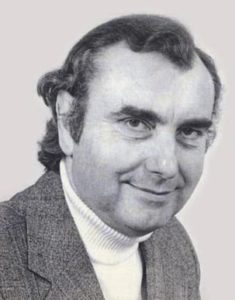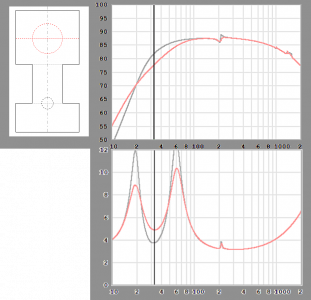A long-awaited update: I’ve been travelling for most part of the month and was hardly having time to compose and post the happenings on the speaker front. The speakers had finally landed in Mumbai, by and large intact but with cracks in the acrylic plate on which, the binding posts were mounted.
This is what the binding post mounting plates have been reduced to:
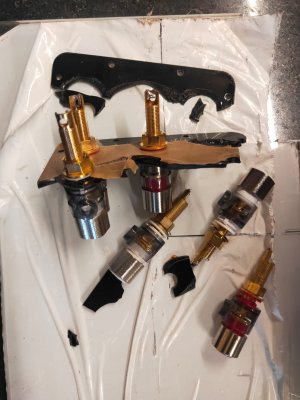
A bigger shock awaited when I took home and sought to connect. The crossovers, which were packed separately, had their heavier inductors dislodged from the breadboard. It was a mistake on the part of the assembler not to use cable ties to fix the inductors to the boards:
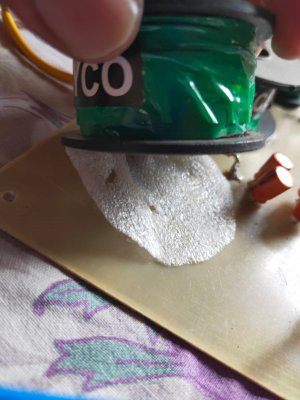
As I do not have any of my electrical or for that matter, even mechanical tools at Mumbai, I was looking for someone to help me in fixing these issues. I was in touch with FM @Hariiyer as used to exchange messages on the developments on the audit front. He generously offered to help me despite his domestic compulsions.
I put the speakers in my car and headed to his place. We took those heavy speakers to his 3rd floor residence. We left the cracked binding post plates as it is but mended the crossovers and affixed them onto the breadboard using cable ties. One side of the plastic spool of the inductors had to be cut to reach the inductor cable to be able to resolder it.
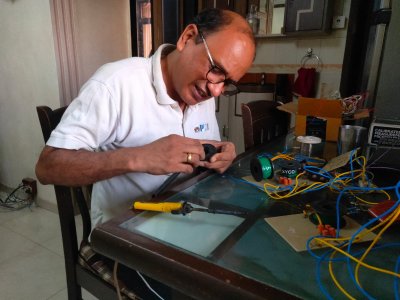
Repairs done, we connected it to Hari’s DIY Tube Amp and played his favourite retro Hindi tracks.
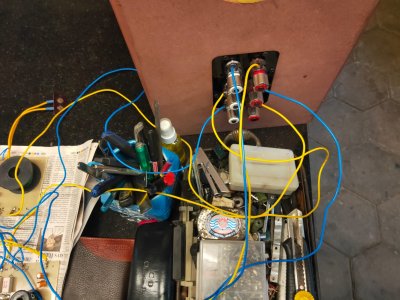
While they sounded very good with his DIY Open Baffle speakers, the Statements sounded shrill, which we attributed to unbroken in drivers. Less than ideal handling of the speakers could also to be blamed, I guess.
I took them back to my place and started to play them. They were opening up as I played them over a period of a couple of weeks, but I was disappointed with the bass response or rather lack of it. This was not the case when I auditioned them at Romit’s place. Nevertheless, I kept playing them for about two weeks or so.
In the meanwhile, I had to rush home to swap the car that I’m driving at Mumbai with the one I left behind at Hyderabad, which, my daughter was driving, as its AC went kaput and it couldn’t be fixed, apparently. I loaded the speakers in the back seat in unpacked condition, but the speakers arrived at Hyderabad safely.
I was also in touch with FM
@hydrovac who was keen to audition them. I took some time off and visited his place. We hooked them up with the DD Pre-Power combo, the source being Marantz SACD player. While they were a fine set of speakers, the missing bass was a cause of concern.
I decided to modify the ports as per the original design and contacted Eight Audio but sadly, they were too busy to accommodate my request. In the meanwhile, I had ordered 4 Nos. 2” dia x 2½ long ports from Tanotis with an intention to make flared ports of the given specifications. They took a month or so but finally delivered:
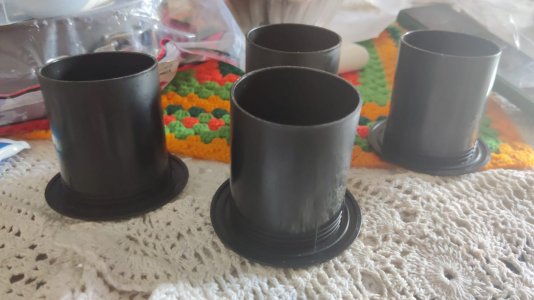
Waiting to go back and modify the speaker boxes.


